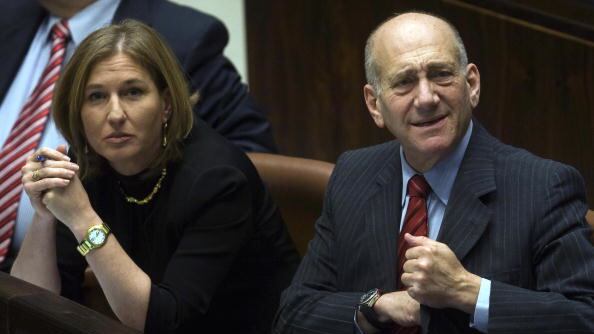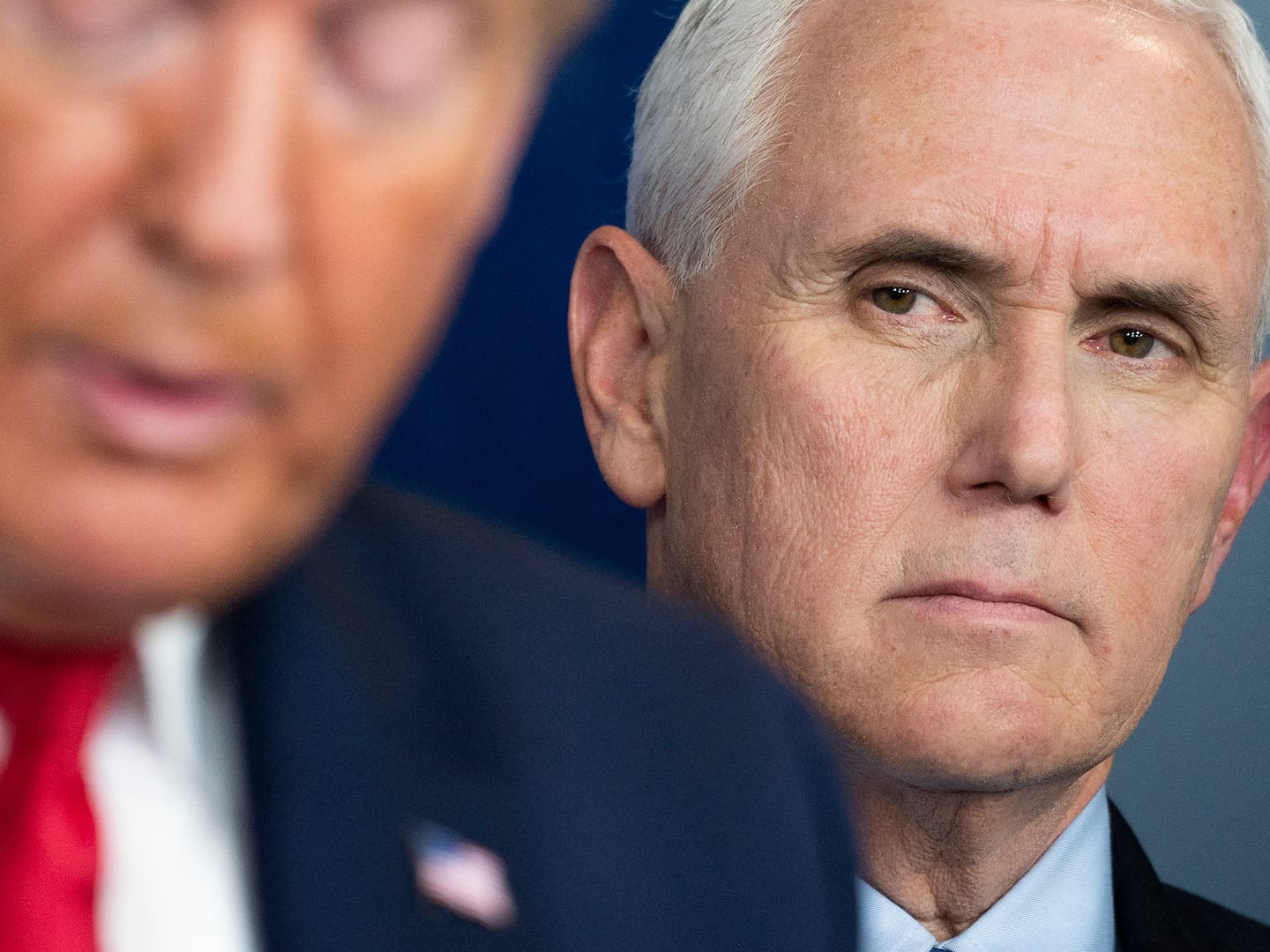The roller coaster that is the Israeli election continues, as politicians base their campaign decisions on fear of each other and the belief in white knights who will “save” the country. But it’s not clear that any of this will help the emerging new parties last long beyond this election.
It began with Benjamin Netanyahu’s announcement the previous week that Likud and Yisrael Beiteinu would run on a joint ticket. As surveys have shown major swings in seats the ticket would win, observers from both the right and the left noted that the move represents Netanyahu’s fear of rivals, rather than a clear political or policy vision. Indeed, as Michael Koplow pointed out, it reminds one of his sudden deal with Kadima in May, which was meant to cut the legs out from his rivals.

On Wednesday, white knights leaped into the news. The most surprising rumor was that Moshe Kahlon was thinking about running either as head of his own party or in combination with Kadima or Labor. Kahlon, a popular Sephardi minister in Likud, resigned from the party on October 15, but recent polls have shown him getting anywhere from 10 to 20 seats. There’s no indication that Kahlon had been thinking about an independent run, until the polls starting showing such positive results. And reports that Netanyahu is trying to convince Kahlon to drop the idea or rejoin Likud underline Bibi’s fear.
On the same day, Ehud Olmert and Tzipi Livni made a declaration of “partnership,” pledging to change Israel’s leadership. Both politicians, reading polls indicating their return to politics could shake up the campaign and enjoying the stream of petitioners asking for their help, seem to believe they really could undermine Netanyahu’s position at the top.
Even the small parties are following the trend. On Sunday, former National Union member Michael Ben Ari announced he’s forming a new rightist party with Itamar Ben Gvir and Baruch Marzel, both of whom have Kahanist leanings. They claim they’ll better represent the far right after Yisrael Beiteinu deserted the field and allied with Likud.
Despite these fears and hopes, it’s likely that none of these new parties/tickets will last. Phobias aren’t a long-term basis on which to build a party. And white knights don’t do well in Israeli politics: they shine brightly for one election, maybe two, then fizzle out after that.
At the center this has been the trend since Rafi in 1965, the Democratic Movement for Change in 1977, the Center Party in 1999, and Kadima in 2006. On the left, it’s been the pattern with Shinui (2003) and Gil (2006), and on the right with Moledet and Tzomet (late 1980s/early 1990s).
Each time the new party was formed on individuals who proclaimed their ability to reorder the political system, or claims to fill a much-needed gap among the parties. Kadima, the most prominent example left, is currently polling at zero seats; Shaul Mofaz’s extremely bland and repetitive campaign, unveiled yesterday, is not likely to change that.
Of all the mergers and splits that have occurred throughout Israel’s history, the same Jewish party clusters are dominated by the same parties, in one form or another: Likud on the right, Labor on the left, and Agudat Israel and Mafdal among the religious. Shas alone stands out in the entire system as a recently-established party that hasn’t faded.
These parties can be traced back to the Zionist factions in the World Zionist Organization and the Yishuv (Jewish community) in Palestine at the beginning of the twentieth century. There were the Revisionist and General Zionists, the Marxist and socialist Zionists, the non-Zionist haredim, and the religious Zionists. The story of the major parties is one of careful building of party machinery and slow but steady integration—not short-term gimmicky rhetoric.
That long of a trend is hard to break over one election. But it’s certainly important to watch out for. And stranger things have happened in Israeli politics.






